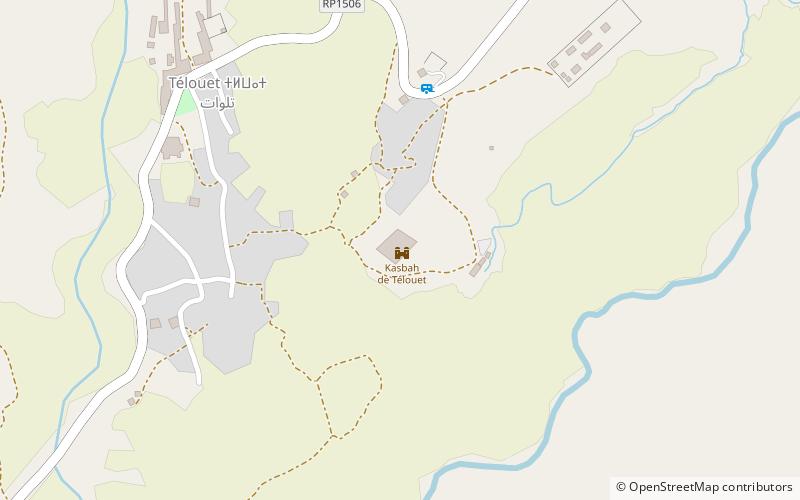Telouet Kasbah


Facts and practical information
Nestled in the High Atlas Mountains of Morocco, the Telouet Kasbah stands as a silent sentinel to the rich history of the region. This once-magnificent fortress, now partially in ruins, was the stronghold of the powerful Glaoui clan, who were the ruling lords of the Atlas Mountains during the late 19th and early 20th centuries.
Constructed in the 1800s, the Kasbah served as a palatial residence and a strategic base for controlling the caravan routes that passed through the area. Its strategic location allowed the Glaoui family to amass wealth and power, becoming one of the most influential families in Morocco.
Despite its current state of disrepair, the Telouet Kasbah retains a sense of grandeur, with its intricate tile work, expansive courtyards, and ornate carvings that hint at its former opulence. Visitors to the Kasbah can explore the labyrinthine passages and admire the detailed mosaics that adorn the walls, reflecting the skill and craftsmanship of the local artisans.
The Kasbah's architecture is a testament to Moroccan design, featuring elements that are characteristic of traditional Berber construction, combined with Andalusian and Moorish influences. The remnants of the luxurious living quarters, including the harem and reception halls, provide a glimpse into the lavish lifestyle of the Glaoui lords.
Despite its remote location, the Telouet Kasbah is a site of historical significance and attracts travelers who are eager to delve into the cultural heritage of Morocco. The journey to the Kasbah is as breathtaking as the destination itself, with winding mountain roads offering spectacular views of the surrounding landscape.
Souss - Massa - Draâ
